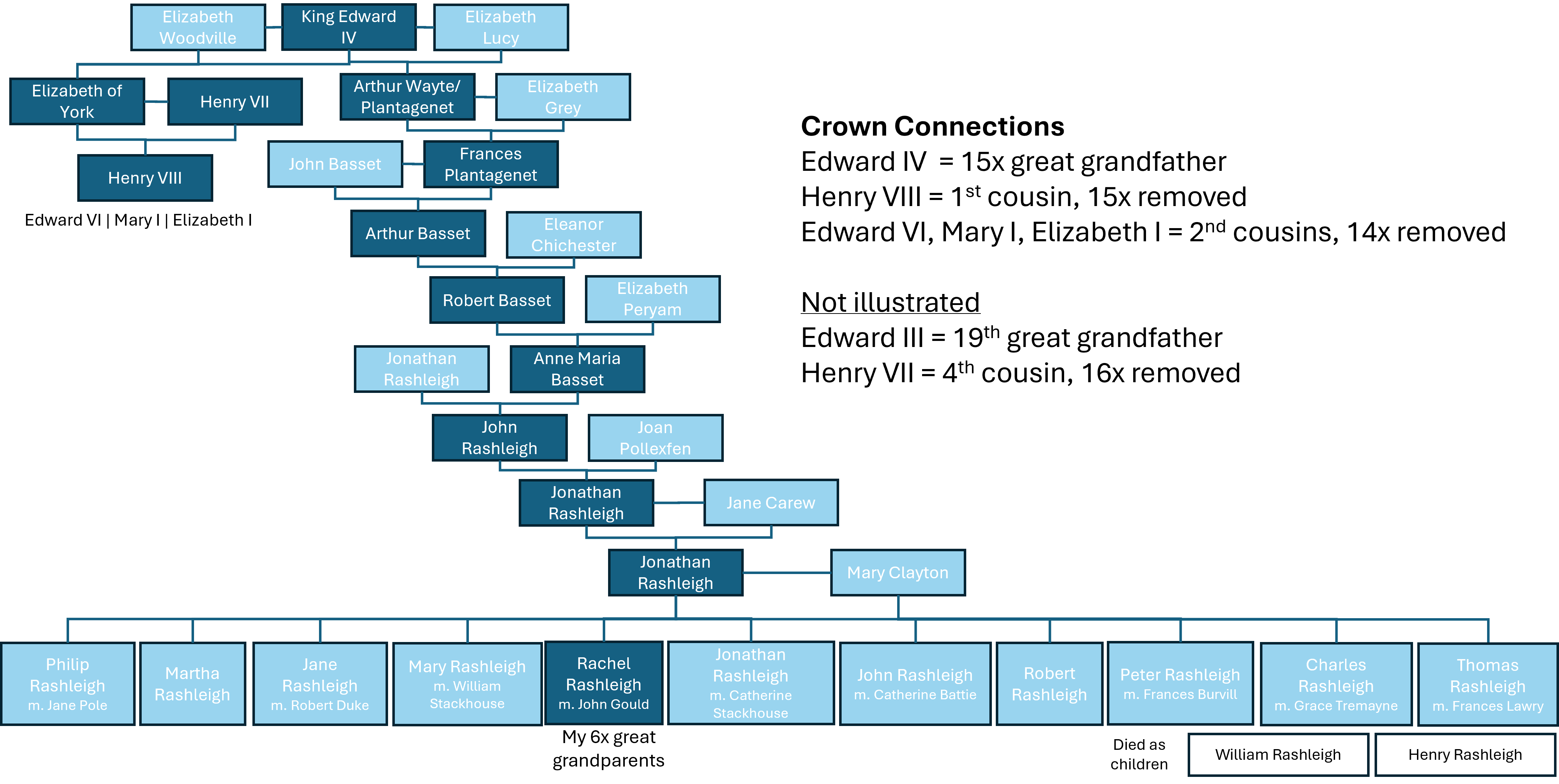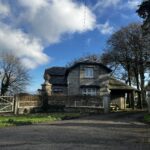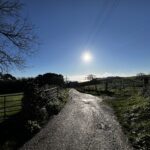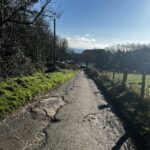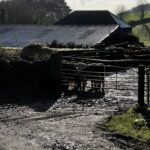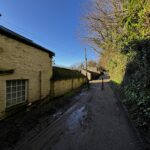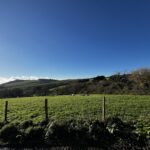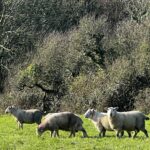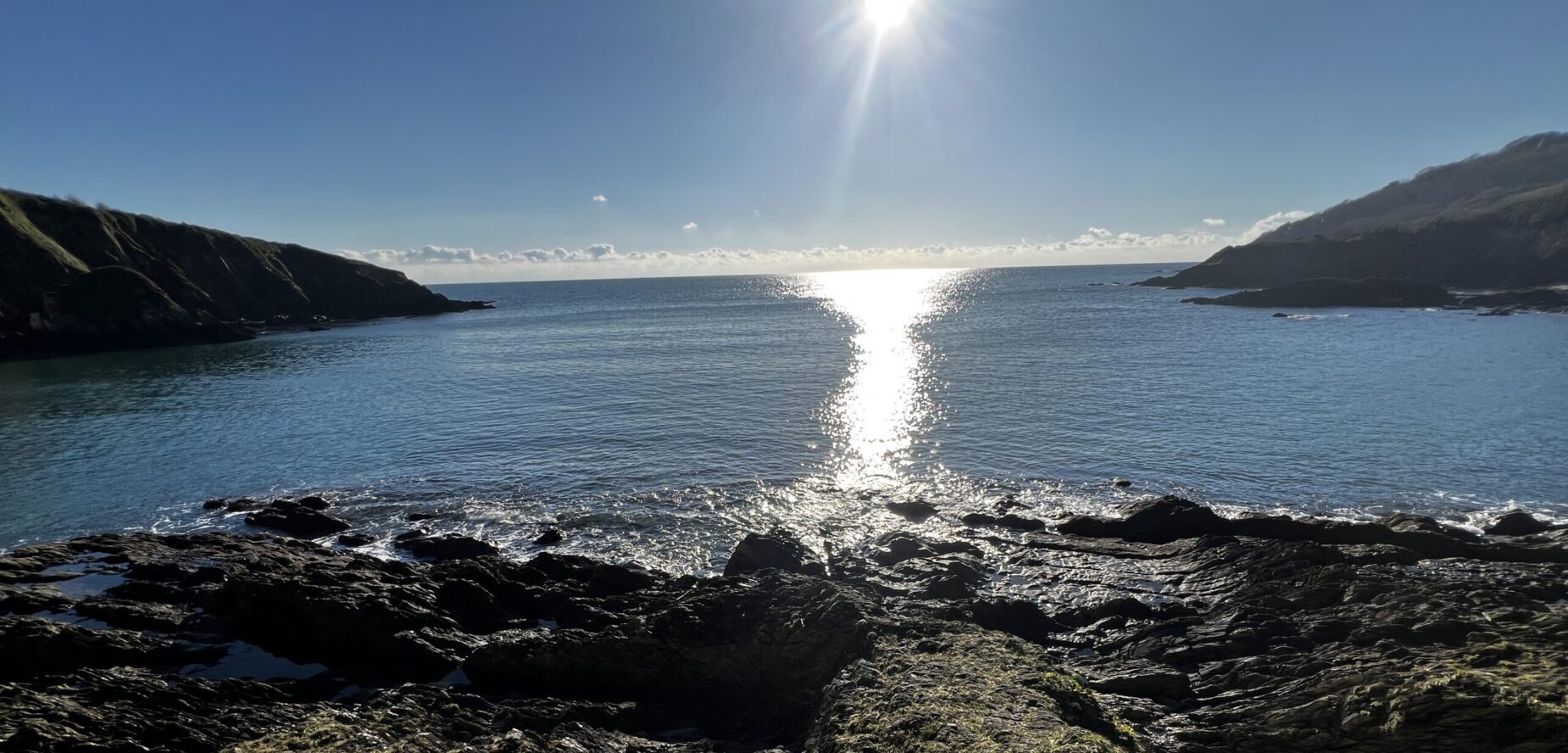
With my afternoon reserved for exploring the Lemon/Tremayne connection at Heligan, I decided to begin my day at another ancestral estate—one that holds deep ties to my family’s history. Through my 7x great-grandmother, Rachel Rashleigh, I trace my lineage to the Rashleighs of Menabilly, an estate near Fowey with roots extending back to Barnstaple, Devon, in the 12th century.
The Rashleigh Family & Menabilly
The Rashleigh family is a name of historical prominence in Cornwall, England, their influence and wealth etched into the fabric of the region’s past. Originating from Devon, the Rashleighs established themselves in Cornwall during the 16th and 17th centuries, becoming some of the largest landowners in the county. Their fortunes were significantly bolstered during the reign of King Henry VIII, who redistributed the lands and wealth of dissolved Catholic institutions to his loyal supporters, including the Rashleighs.
Jonathan Rashleigh of Menabilly (1591–1675) was instrumental in the family’s rise to prominence, with Menabilly House becoming their enduring family seat. The Rashleighs’ wealth flowed from various industries, including mining and trade, which solidified their status. Like many great families of the time, they faced financial challenges but navigated them skillfully through strategic marriages and estate management.
Through Jonathan Rashleigh, the family claims direct descent from King Edward IV via the Basset and Plantagenet lines, underscoring their noble heritage. His wife, Jane Carew of Antony, brought her own lineage, directly descended from King Edward I through the de Courtenay and de Bohun lines. These connections to two Plantagenet kings underscore the Rashleighs’ deep-rooted ties to English royalty.
Beyond wealth, the Rashleighs wielded significant social and political power in Cornwall, with Menabilly House standing as a symbol of their legacy. The estate’s story is a microcosm of the broader narrative of English gentry, a tale of navigating the complexities of power, wealth, and lineage over centuries.
Today, Menabilly is celebrated not only for its historical significance but also for its literary connections, having been home to the author Daphne du Maurier, whose novels, including Jamaica Inn, My Cousin Rachel, and Rebecca, have immortalized the estate in fiction.
Let's Go To the Beach
As I approached St Blazey, my GPS directed me down a narrow, single-lane farm road called Driving Lane. It felt more like off-roading than driving, with the mud thick on the road. I soon found myself head-to-head with a tractor hauling hay bales. The farmer graciously reversed around a bend into Kilhallen Farm, waving as I thanked him for making way.
Continuing on Polmear Hill outside of Par, I followed signs for the Rashleigh Inn on Polkerris Beach, and then further on to Menabilly. Passing the gatehouse of Menabilly, I made my way towards the beach, arriving at a car park perched atop a hill above Menabilly Barton, the estate’s farm, which still appears to operate, with sheep and cattle grazing nearby.
A sign requested a 50p contribution, to be dropped into a milk churn by the farmhouse, for parking. The weather had been dreadful the previous week, with Storm Henk unleashing damaging winds and heavy rain, turning the dirt parking lot into a muddy mess. That morning the sun broke through, and I almost regretted wearing my coat as I started downhill towards the farm.
At the bottom of the hill, where the path veers towards the beach, I was greeted by a lone cow, staring at me as if to ensure I paid my 50p. The path quickly turned from clear to thick mud, more suited for a tractor or someone with wellies—unlike me, with only hiking shoes.
The path soon turned to gravel, opening up beside a meadow where sheep grazed. One sheep, in particular, eyed me from a distance, perhaps curious about the intruder. I paused to snap a few photos, the cove and Gribben Head’s daymark visible in the distance, before continuing the downhill walk to the beach.
Polridmouth Cove was strewn with seaweed, no doubt a gift from Henk. A wooden walkway spanned some vegetation and a small stream rushing down to the cove. The temperature was around 12°C, but with the sun reflecting off the water, it felt closer to 20°C—a warm embrace for a January morning.
The cove was alive with activity—dogs splashing in the water, their owners trailing behind on the path. I stopped to take photos along the footpath, avoiding the beach crowd, before turning back.
In hindsight, had I taken just 20 more steps, I would have come upon Polridmouth Cottage, part of the Menabilly estate with a perfect view of the cove. The cottage can be rented as a vacation home—a temptation I wish I had known about sooner. A lesson learned: always take those extra 20 steps.
The road from Polridmouth Cottage back to the main house passes through Hooker’s Grove, named for the family friend Sir Joseph Hooker, a famed botanist who ran expeditions through Southeast Asia. It was Hooker who brought back the rhododendron seeds that now flourish at Carclew and Heligan, weaving another thread into the rich tapestry of connections between these grand estates.
Gazing out at the water from the cove, I couldn’t help but wonder what lay beyond. Just 120 miles across the sea is the coast of Brittany, France—a journey now just six hours by ferry from Plymouth to Roscoff.
Menabilly remains in the family, currently owned by my 6th cousin, 2x removed, Richard Rashleigh, 6th Baronet. It would be wonderful to connect with him on my next visit and share stories about our shared history in this remarkable part of the world.
As I made my way back to the car park, my heart began to race as I noticed the front of my car had sunken into the soft mud. I tried to reverse out, but with summer tires and the slick, waterlogged grass, I was getting nowhere—just spinning my wheels in frustration. Determined not to let this muddy mess defeat me, I even tried pushing the car out myself, but it barely budged.
Just then, a couple arrived, and I quickly asked for their help. All I needed was someone to sit in the driver’s seat, put the car in reverse, and give it some gas while I pushed. But there was a catch—they had never driven an automatic car before! You’d think it would be straightforward, but for them, it was an entirely new challenge. After a quick tutorial, they gave it a go. With a bit of effort and a lot of teamwork, the car finally broke free from the mud. They were thrilled to have mastered the automatic, and I was relieved to be unstuck. Win-win!
As I drove away, a thought crossed my mind—was this a sign that I should have walked over to Menabilly House and asked for help from the Rashleighs themselves? Perhaps next time, I will. Until then, Menabilly, until next time.

